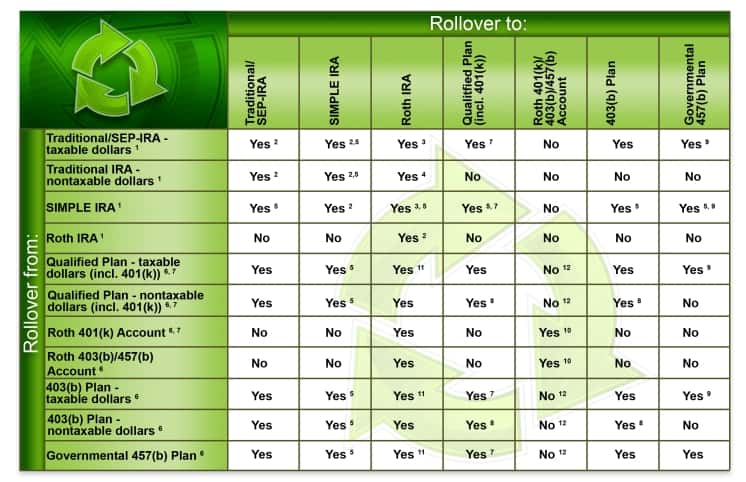
REGION – A rollover is the movement of funds from one retirement savings vehicle to another. One might want to make a rollover for a number of reasons, some of which include an employment situation change, a desire to switch investments, or the receiving of death benefits from a spouse’s retirement plan.
There are two possible ways that retirement funds can be rolled over: The indirect rollover, and the direct rollover.
With the indirect, or 60-day, rollover, one might actually receive a distribution from their retirement plan account or IRA. One can make a rollover at any age, but there are specific rules that must be followed. Most importantly, one must generally complete the rollover within 60 days of the date the funds are paid from the distributing plan. If properly completed, rollovers aren’t subject to income tax, but if one fails to complete the rollover or misses the 60-day deadline, all or part of the distribution may be taxed and subject to a 10% early distribution penalty.
With the direct, or trustee-to-trustee, rollover, transaction occurs directly between the trustee or custodian of the old retirement plan and the trustee or custodian of the new plan. One never actually receives the funds or has control over them, so a trustee-to-trustee transfer is not treated as a distribution. Direct rollovers avoid both the danger of missing the 60-day deadline and the 20% withholding problem. A trustee-to-trustee transfer is generally the most efficient way to move retirement funds. Taking a distribution in one’s own hands and rolling it over may only make sense if the holder needs to use the funds temporarily and is certain they can roll over the full amount within 60 days.
Anyone who has a vested balance of more than $5,000 generally can keep their money in an employer’s plan until they at least reach the plan’s normal retirement age, which is typically 65-years-old. If they terminate employment before then, they can consider a rollover to either an IRA or to a new employer’s plan. An IRA, in contrast to an employer plan where investment options are typically limited to those selected by the employer, is virtually unlimited. The distribution options in an IRA may be more flexible than the options available in the plan of one’s employer. On the other hand, employer-sponsored plans may offer better creditor protection. In general, federal law protects IRA assets up to $1,362,800 plus any amount rolled over from a qualified employer plan or 403(b) plan if bankruptcy is declared. In contrast, assets in a qualified employer plan or 403(b) plan generally receive unlimited protection from creditors, regardless of whether bankruptcy is declared.
Article written by Huntley Financial Services. For more information, contact Mark Huntley at 802-228-5774.